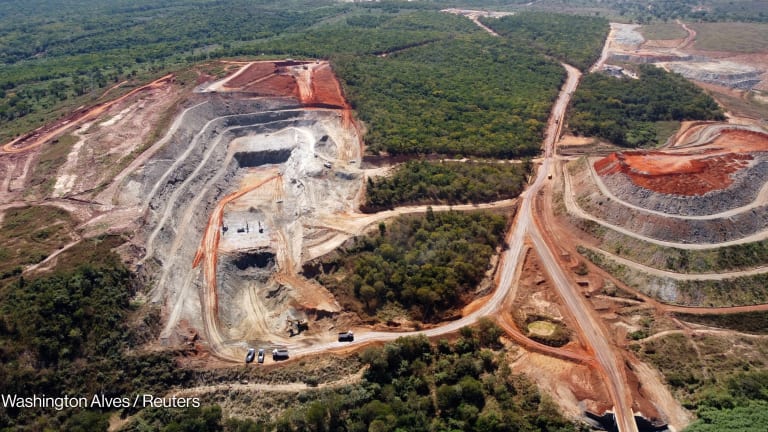One of the headline goals at this year’s United Nations climate talks, known as COP 28, in Dubai, is the ambitious plan to triple renewable energy by 2030. In the first days of the conference, 118 governments joined the pledge — a total that’s now risen to 130 — as a path to cutting fossil fuels’ share in global energy production.
Now one of the challenges facing the development community will be to make sure this target is met in an equitable way. Speaking at Devex’s Climate + event, on the sidelines of COP 28, Sarah Jane Ahmed, adviser to the Vulnerable Group of 20 Finance Ministers of the Climate Vulnerable Forum, said she thinks the tripling renewable energy target matches with development prospects, “meaning job opportunities” as well as reducing “inflationary pressure.”
But to ensure the transition is both more inclusive and a driver of growth, she said, those manufacturing the relevant renewable energy components or grid components could diversify in low- and middle-income countries emerging from the long economic shadow of the pandemic and already grappling with global warming.








